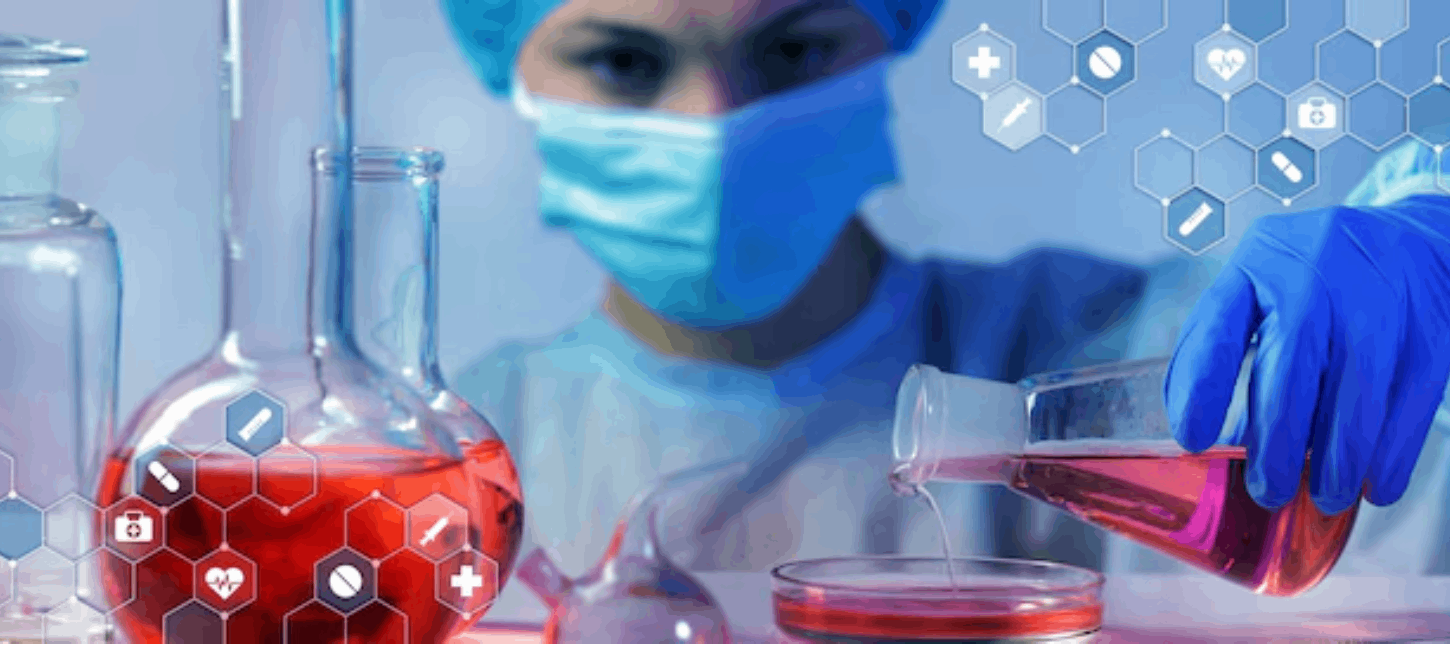
HPTLC is a modified and advanced version of the TLC technique. It is a powerful analytical technique that provides a highly sensitive, reproducible, and cost-effective means of separating, identifying, and quantifying components in a mixture.
High-Performance Thin-Layer Chromatography (HPTLC) is an advanced form of Thin-Layer Chromatography (TLC) that offers improved separation and quantitative analysis of chemical compounds. By using pre-coated plates with finer stationary phases, automated sample application, and densitometric scanning, HPTLC delivers higher resolution, greater sensitivity, and faster analysis. It is widely used in the pharmaceutical industry for both qualitative tests (e.g., identification, purity, reaction monitoring) and quantitative tests (e.g., assay, content analysis).
HPTLC is a modified and advanced version of TLC. It is a powerful analytical technique that provides a highly sensitive, reproducible, and cost-effective means of separating, identifying, and quantifying components in a mixture.
Related Topic:
HPTLC method development involves the selection of the stationary phase, the mobile phase and the detection wavelength.
HPTLC method validation contains accuracy, precision, specificity, linearity, and sensitivity.
HPTLC is widely recognised and accepted by regulatory bodies like the FDA, EMA, and ICH as an official method for pharmaceutical testing. It also helps in preparing necessary documentation for regulatory submissions, ensuring that the development process follows good manufacturing practices (GMP).
The following are the advantages of HPTLC in Pharmaceutical Development:
| Feature | TLC | HPTLC |
| Resolution | Moderate resolution | High resolution |
| Stationary Phase Thickness | Thicker (200-250 µm) | Thinner (50-200 µm) |
| Automation | Manual or semi-manual | Highly automated |
| Quantification | Less accurate | More accurate, densitometric scanning |
| Speed | Quick, but more manual | Faster, automated, higher throughput |
| Detection Methods | UV, visual detection | UV, fluorescence, densitometry, etc. |
| Cost | Low cost | Higher cost due to sophisticated equipment |
| Applications | Qualitative analysis, screening | Detailed qualitative and quantitative analysis |
Both HPTLC ensures the safety, efficacy, and quality at each stage during pharmaceutical development. I hope this article has helped you understand Analytical method development and Validation. You may also want to check out other articles on my blog, such as:
HPTLC is a modified and advanced version of the TLC technique. It is a powerful analytical technique that provides a highly sensitive, reproducible, and cost-effective means of separating, identifying, and quantifying components in a mixture.
Both HPLC and HPTLC are chromatographic techniques and are used to identify and separate components in a sample mixture. HPTLC comes under complete chromatography and is widely used for qualitative analysis whereas HPLC comes under continuous chromatography and is widely used for both qualitative and quantitative analysis (e.g. detection assays and material testing.
HPTLC is a modified and advanced version of the TLC technique. HPTLC allows for better separation resolution and automation compared to TLC.
HPTLC provide better resolution, detection, precise, accurate and reliable results. Secondly, it is cost-effective.
Nitrogen, helium, argon, and carbon dioxide are commonly used in the HPTLC
References:
Quick Links